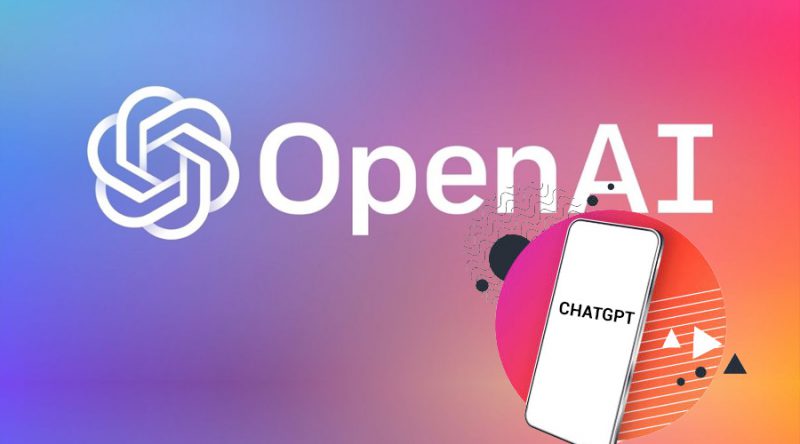ChatGPT, an AI-powered chatbot from OpenAI, has caught the attention of the internet lately. People use it to solve complex problems, write essays, code, etc. Many are perplexed at how the platform responds in a very human-like manner. The venture has proven so successful that almost every major tech company is now developing its AI-powered search engine. Google has unveiled its competitor to ChatGPT, called “Bard.” Even China’s Baidu is working on a similar platform, which is nearing the end of testing.
Read more: ChatGPT: How To Use It? Can You Use It to Trade Cryptocurrency?
However, although much is now known about ChatGPT and its uses, many do not know about OpenAI, the company behind its development.
OpenAI, the creator of ChatGPT
The San Francisco-based AI lab was established as a nonprofit organization in 2015. The business wanted to guard against a scenario in which tech giants mastered AI technology and monopolized its advantages. Therefore, the nonprofit’s mission was to create open-source, transparent AI software that would benefit everyone.
Luminaries from Silicon Valley contributed $1 billion to launch the project. Elon Musk, the CEO of Tesla and SpaceX, venture capitalist Peter Thiel, and Sam Altman, who took over as CEO of OpenAI in 2019, were among the investors. However, Musk resigned from the company’s board in 2018 due to the time commitment required to operate Tesla and SpaceX.
To improve its AI software, the company would employ massive quantities of data and strong neural networks, software roughly based on the neurons in the human brain. However, operating the business as a non-profit was challenging due to the required processing power and compensation costs. Thus, OpenAI transitioned into a for-profit business in 2019. Microsoft offered Altman $1 billion in exchange for a license to use and sell portions of OpenAI’s technologies.
What products has the AI lab created?
OpenAI first set out to create a system that could comprehend language, learning from the vast amounts of material available online. It unveiled GPT-3 in 2020, a text-generating program that could generate language on demand that sounded convincing.
Then, OpenAI developed a tool called Codex to aid computer programmers in writing code more quickly to duplicate the success of GPT-3.
Additionally, OpenAI attempted to connect language and vision by teaching GPT-3 to look for relationships between words and images by consuming enormous data sets containing photos and descriptions from the internet. DALL-E, which could produce visuals in response to human cues, was created as a consequence and launched in January 2021.
The company released ChatGPT in November 2022. The audience was captivated by the chatbot’s human-like language. Moreover, it was an improved version of its prior text generators. The chatbot could complete computer programs, compose essays and poetry, and discuss religion.
The use of AI in our daily lives is expected to increase. Moreover, AI-powered tools, such as ChatGPT, are getting more and more efficient at answering our queries. This is only the beginning of our journey into the digital realm. It is only a matter of time before AI will assist almost every major human endeavor.





